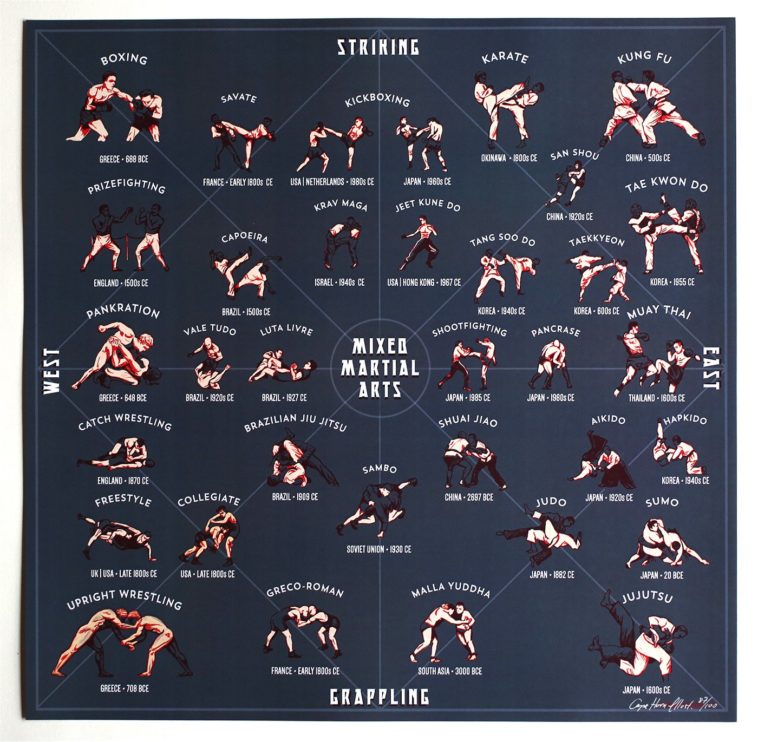The Development And Historic Context Of Martial Arts Worldwide
The Development And Historic Context Of Martial Arts Worldwide
Blog Article
Content Produce By-Winkler Silverman
Martial arts have an interesting background that spans centuries and continents. click the up coming webpage could locate it appealing how ancient methods like Shuai Jiao and Kalaripayattu laid the groundwork for modern fight methods. These disciplines not just highlight physical skills but also reflect the cultures that birthed them. As you discover their advancement, take into consideration just how globalization has transformed these conventional types into crossbreed styles. What impacts do you assume have formed today's martial arts landscape?
Ancient Martial arts: The Structures of Combat
As you explore the globe of old martial arts, you'll discover the rich structures that shaped fight methods throughout cultures. Early techniques focused on Self-Defense and survival, often integrating strikes, hurting, and weapons.
In old China, for example, methods like Shuai Jiao emphasized throws and joint locks, while India's Kalaripayattu showcased dexterity and fluid movement. krav maga worldwide created Kenjutsu, a refined swordsmanship that highlighted discipline and technique.
These martial arts served not just for battle but also as a way of individual growth, instilling values like regard and perseverance. The blending of these methods with time laid the groundwork for the diverse martial arts you see today, each showing the one-of-a-kind philosophies and requirements of its culture.
The Social Impact on Martial Arts Growth
While martial arts commonly show the sensible needs of a culture, they likewise embody the social values and ideas of their beginnings. When you discover different martial arts, you'll discover exactly how they're affected by religious beliefs, ideology, and social norms.
For martial arts classes for kids , the focus on respect and self-control in Japanese martial arts originates from Zen Buddhism and samurai culture. In contrast, Brazilian Jiu-Jitsu advertises adaptability and method, shaped by the demand for performance in a diverse, modern environment.
You could locate that the routines, attires, and training approaches reflect an area's background and identity. By understanding these social influences, you deepen your admiration of martial arts and their role in shaping human experiences across the globe.
Modern Adaptations and the Globalization of Martial arts
Martial arts have transformed substantially in current decades, adjusting to contemporary culture and international impacts. You'll observe that standard types have combined with contemporary methods, developing hybrid styles like mixed martial arts. These adjustments accommodate diverse target markets, making martial arts available and enticing worldwide.
With the increase of social networks and digital platforms, you can find tutorials and competitions from all corners of the world, damaging geographical obstacles. This globalization has led to a shared recognition for various self-controls, from Brazilian Jiu-Jitsu to Taekwondo.
As you involve with these arts, you'll understand they're not nearly combat; they advertise health and fitness, self-control, and psychological well-being.
Eventually, modern adjustments have actually enriched the martial arts landscape, making it a dynamic and progressing technique.
Conclusion
In discovering the history and development of martial arts, you uncover a remarkable mix of methods, cultures, and ideologies. From ancient disciplines like Shuai Jiao and Kalaripayattu to the modern-day flexibility seen in mixed martial arts, martial arts reflect humanity's quest for Self-Defense and personal growth. As you engage with these methods, you not only acquire abilities yet additionally a much deeper gratitude for the varied traditions that shape our globe today. So, proceed types martial arts and accept the art of battle!
